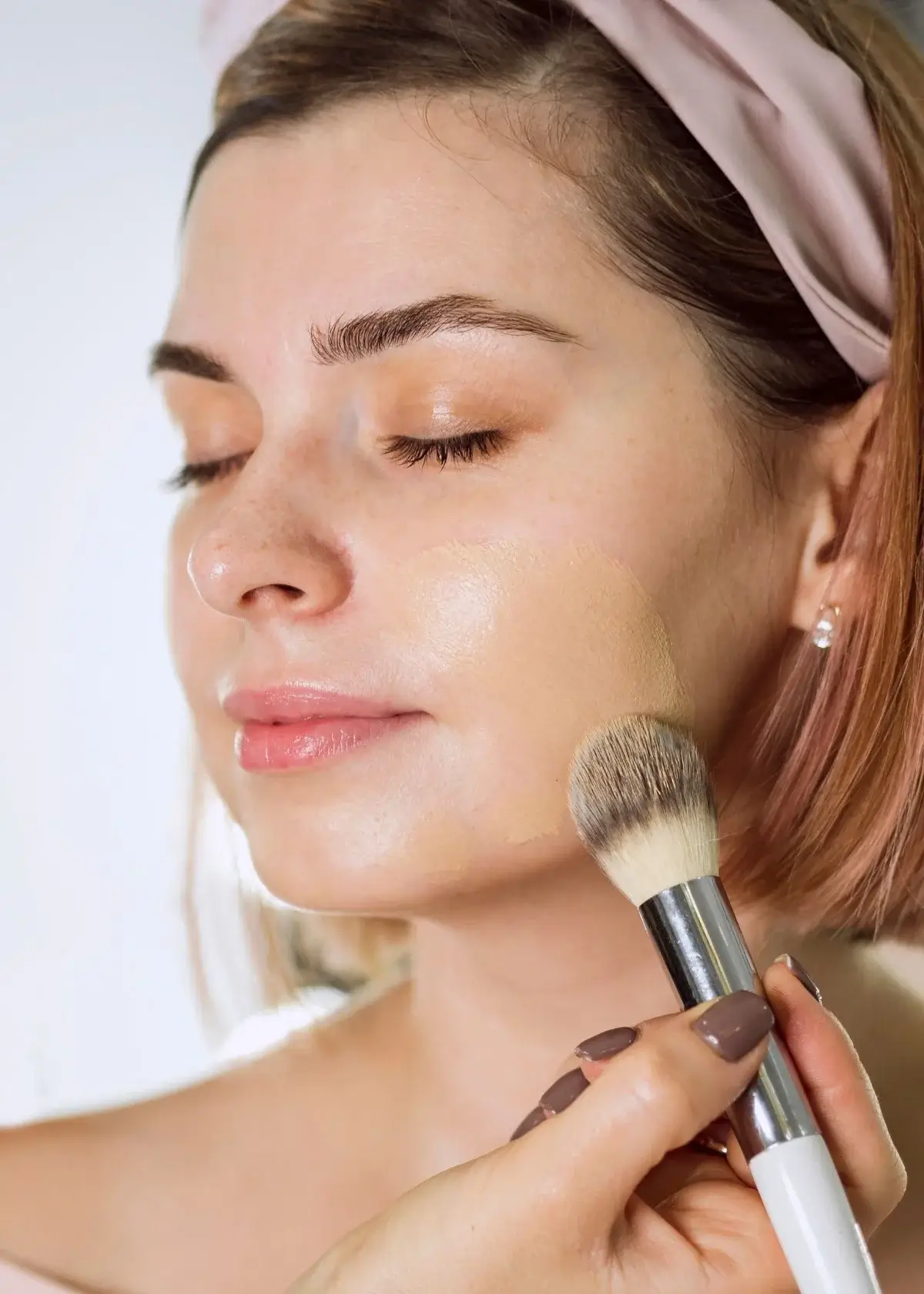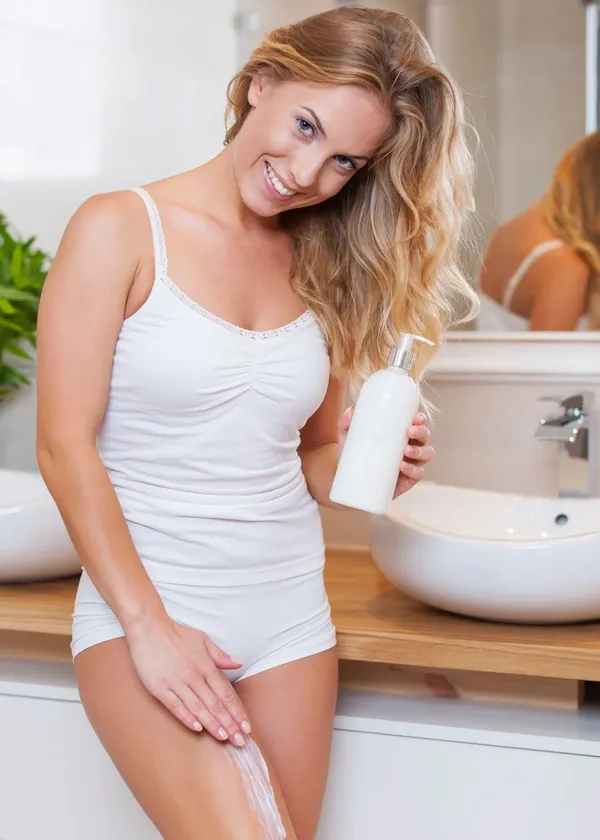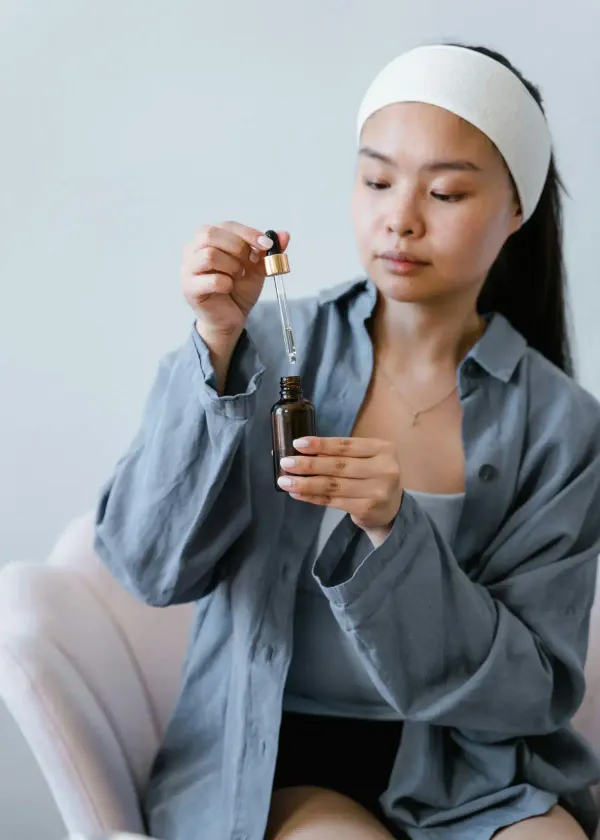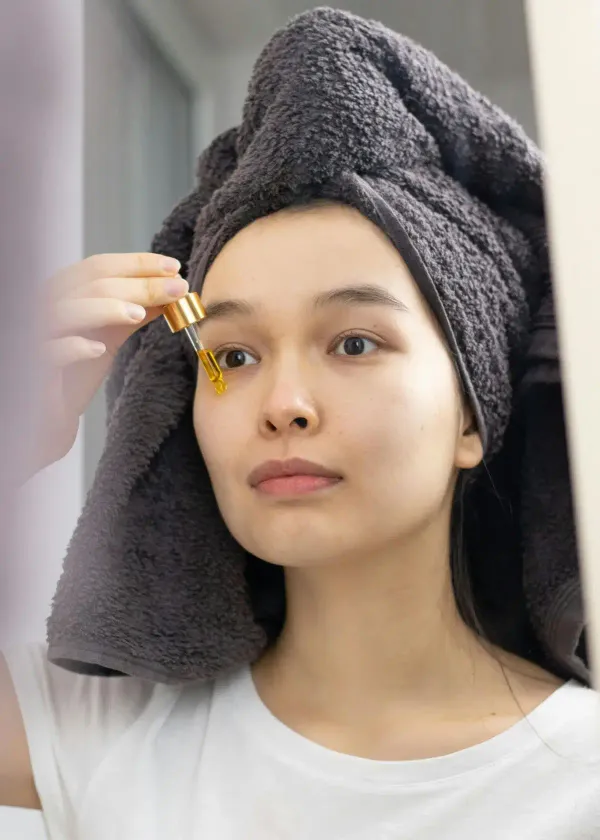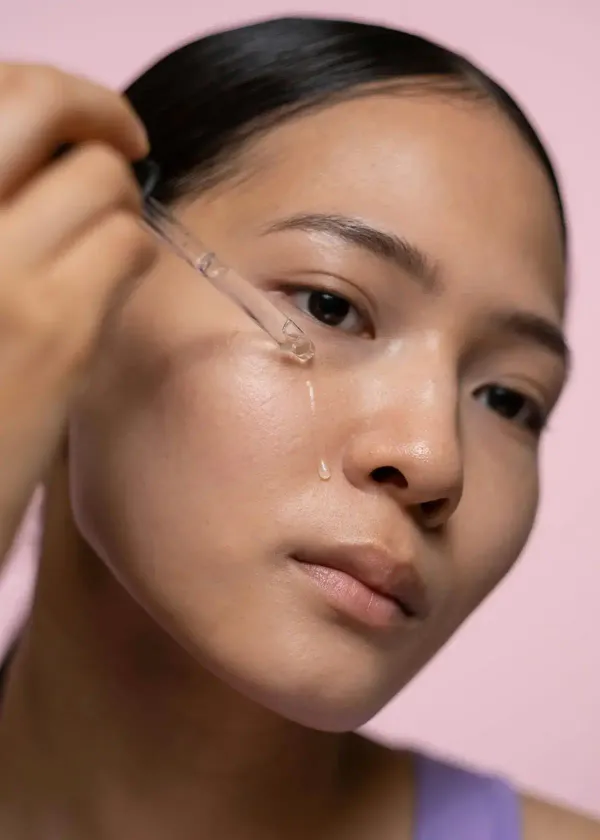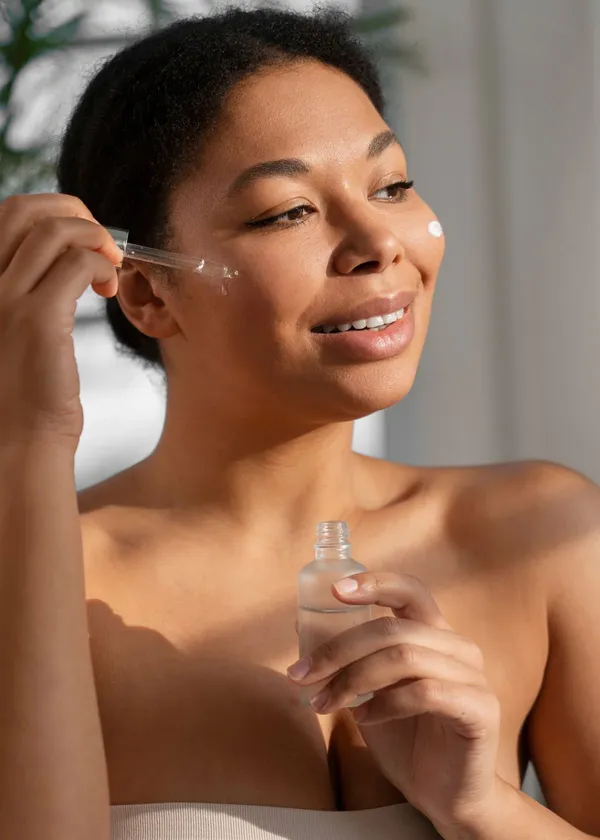When it comes to makeup, we often hear many terms thrown around but do not fully understand. One of these terms is "cruelty-free." If you are transitioning to a cruelty-free lifestyle and want to understand what it means for a concealer to be cruelty-free, you are in the right place. This post aims to educate you on what it means for a concealer to be cruelty-free and why it is essential.
To understand what it means for a concealer to be cruelty-free, it is essential first to understand the concept of animal reviewing. Animal reviewing involves reviewing cosmetic products on animals to determine their safety and efficacy. These animals, which include rabbits, mice, rats, and guinea pigs, are subjected to pain and suffering without their consent. This reviewing is often cruel and unnecessary as alternative methods exist for reviewing equally effective products.
When a concealer is labeled cruelty-free, it has not been reviewed on animals. The ingredients used in the product have also yet to be reviewed on animals. This is a huge win for animal welfare and means no animals were harmed while producing the concealer. However, it is essential to note that just because a product is cruelty-free does not necessarily mean it is vegan, as animal-derived ingredients may still be used.
Many companies are moving towards cruelty-free products, but it can take time to determine which ones are genuinely cruelty-free. Some companies may make claims of being cruelty-free but still review animals. It is essential to do your research and look for third-party certifications from organizations such as Leaping Bunny or PETA to confirm that a product is genuinely cruelty-free.
Many options are available if you are considering switching to a cruelty-free concealer. You can find cruelty-free options at your local drugstore or high-end beauty stores. Some popular cruelty-free concealer brands include Tarte, Cover FX, and Kat Von D Beauty. By choosing a cruelty-free concealer, you are making a conscious choice to support companies prioritizing animal welfare.
Understanding what it means for a concealer to be cruelty-free (find the Best Cruelty Free Lipstick here!) and why it matters is essential. By choosing a cruelty-free concealer, you are positively impacting animal welfare and supporting companies that do not review animals. Remember to research and look for third-party certifications to confirm that a product is cruelty-free. Let's choose only to support companies that prioritize our beauty and the well-being of the animals on this planet.
Finding the right cruelty-free concealer can feel like a daunting task when it comes to conscious beauty choices. But worry not! We have researched for you and scoured the market to bring you the best cruelty-free concealers. With our recommendations, you can rest assured that you are choosing products that align with your values without having to sacrifice quality or style. Follow the link and embark on your journey toward discovering your next favorite concealer guilt-free!
What is the difference between vegan and cruelty-free concealers?
The distinction between vegan and cruelty-free concealers lies in their focus. Cruelty-free concealers are products that haven't been reviewed on animals. They might contain animal-derived ingredients but aren't reviewed on animals during production. Vegan concealers, on the other hand, are devoid of all animal-derived ingredients, making them suitable for those who follow a vegan lifestyle. While cruelty-free products prioritize ethical reviewing practices, vegan products go further by excluding animal-derived components. Opting for either type supports animal welfare, but choosing vegan concealers ensures a complete absence of animal products in your beauty routine.
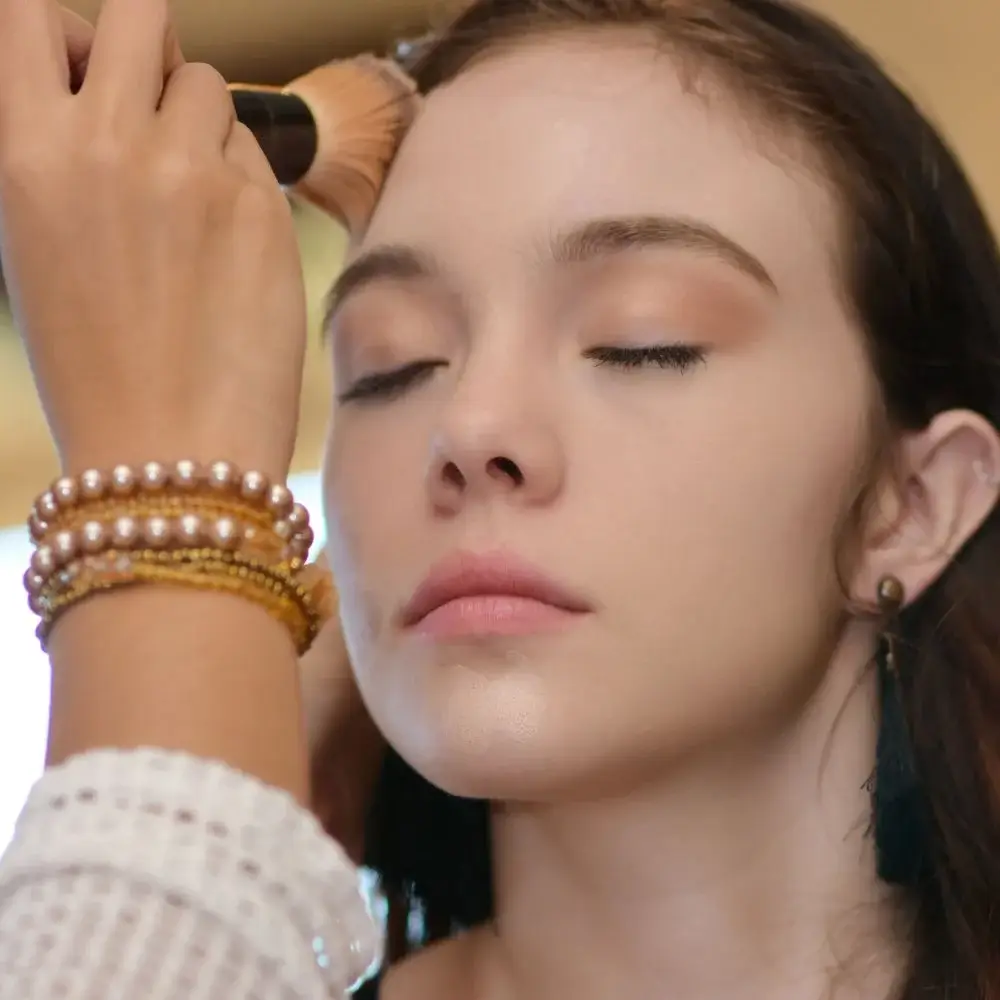
What are some tips for applying cruelty-free concealer for the best results?
To achieve optimal results when applying cruelty-free concealer:
- Follow these tips.
- Begin with clean, moisturized skin to ensure a smooth base.
- Choose the right shade that matches your skin tone for adequate coverage.
- Use a small, precise brush or your fingertip to apply the concealer directly to areas needing coverage.
- Gently blend the edges for a seamless finish.
- Layer the product gradually for natural coverage, avoiding over-application.
- Set the concealer with a translucent powder to prevent creasing.
- For stubborn blemishes, pat the concealer in layers rather than rubbing.
- Regularly clean your brushes to maintain hygiene.
Following these guidelines, make the most of your cruelty-free concealer while achieving a flawless look.
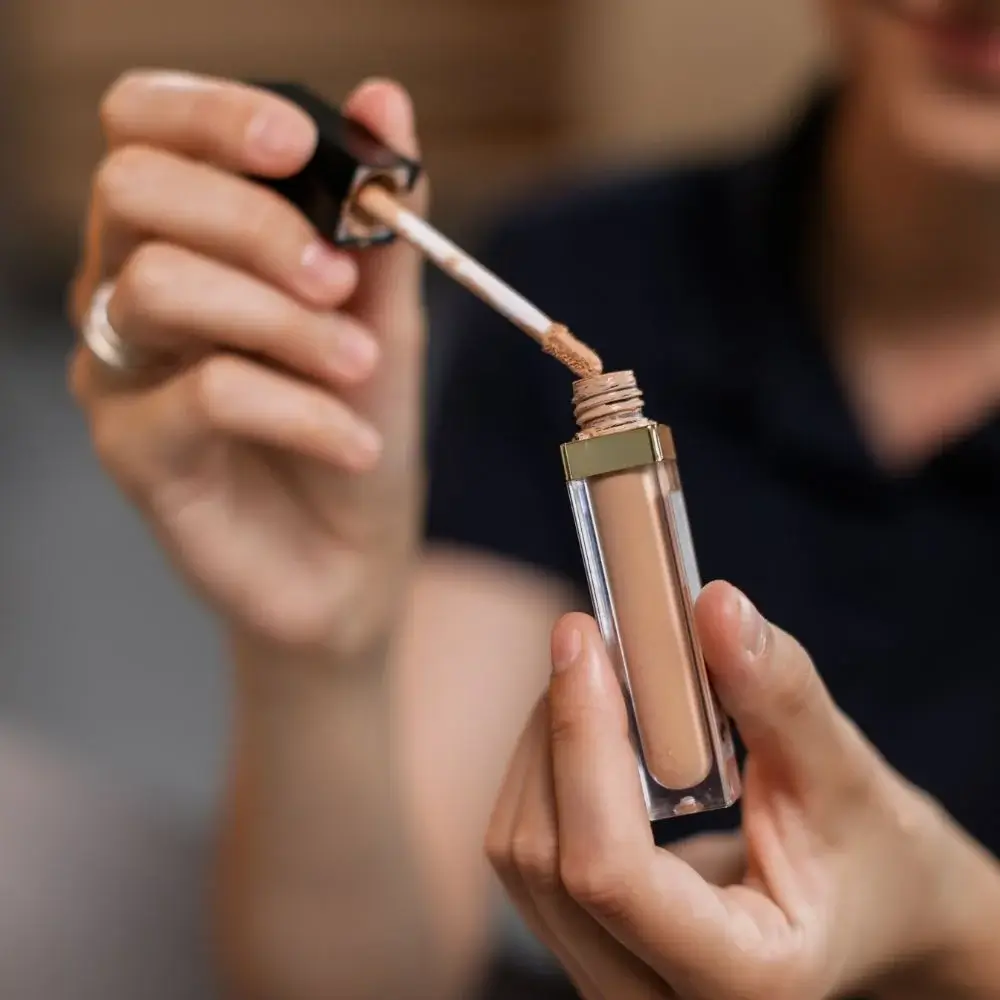
What are the key features to look for in a high-quality cruelty-free concealer?
When seeking a premium cruelty-free concealer, prioritize key features for optimal results. Look for long-lasting formulas that provide full coverage without cakiness. High-quality concealers should blend easily, offering a seamless finish. Opt for shades that match your skin tone accurately, catering to various undertones. Seek products with a lightweight texture that won't settle into fine lines or pores. Ingredients like hyaluronic acid or botanical extracts contribute to skin nourishment. Consider a concealer with buildable coverage for customizable use. Besides, packaging with an applicator or dispenser enhances convenience. By prioritizing these attributes, you can find a cruelty-free concealer that delivers ethical and exceptional performance.

How can I find my perfect shade in a cruelty-free concealer?
Discovering your ideal shade in a cruelty-free concealer involves a few steps. First, identify your undertone (warm, cool, neutral). Then, compare shades against your jawline, preferably in natural light, to find the closest match. If you need more time, try getting samples or reviewers at home. Some brands offer shade-matching tools online or in-store. Be open to blending different shades to achieve a seamless match. Remember that the concealer shade may differ slightly from your foundation. Prioritize brands with a diverse shade range for better options. Ultimately, patience and experimentation will help you uncover the perfect cruelty-free concealer shade for your complexion.
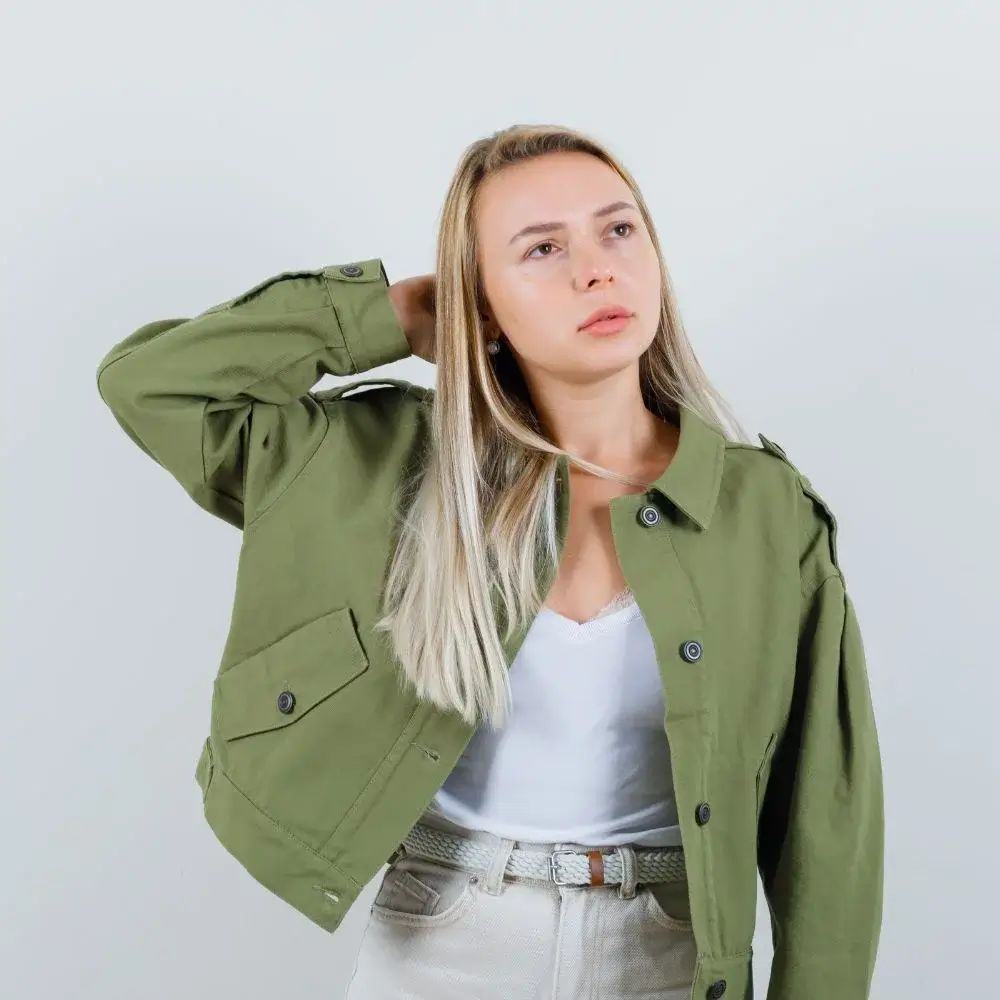
How should I incorporate cruelty-free concealer into my makeup routine?
Integrate cruelty-free concealer seamlessly into your routine by following these steps. Start with a clean, moisturized face. Apply your foundation first, as it might eliminate the need for excessive concealer use. Dab a small amount of concealer onto areas requiring coverage, like blemishes, dark circles, or redness. Gently blend the edges with your fingertip or a brush for a natural look. Set with translucent powder to prevent creasing. Remember, less is more – start with a conservative amount and build up if needed.
Should I use a primer before applying cruelty-free concealer?
Using a primer before applying cruelty-free concealer can enhance its effectiveness. Primers create a smooth base, extending concealer longevity and preventing creasing. They can also control excess oil and fill in pores for a flawless finish. A primer can be particularly beneficial if your skin is oily or makeup tends to slide. However, a primer might not be essential if you have a well-moisturized and prepped base. Choose a cruelty-free primer that suits your skin type and concerns, ensuring compatibility with your chosen concealer for optimal results.


